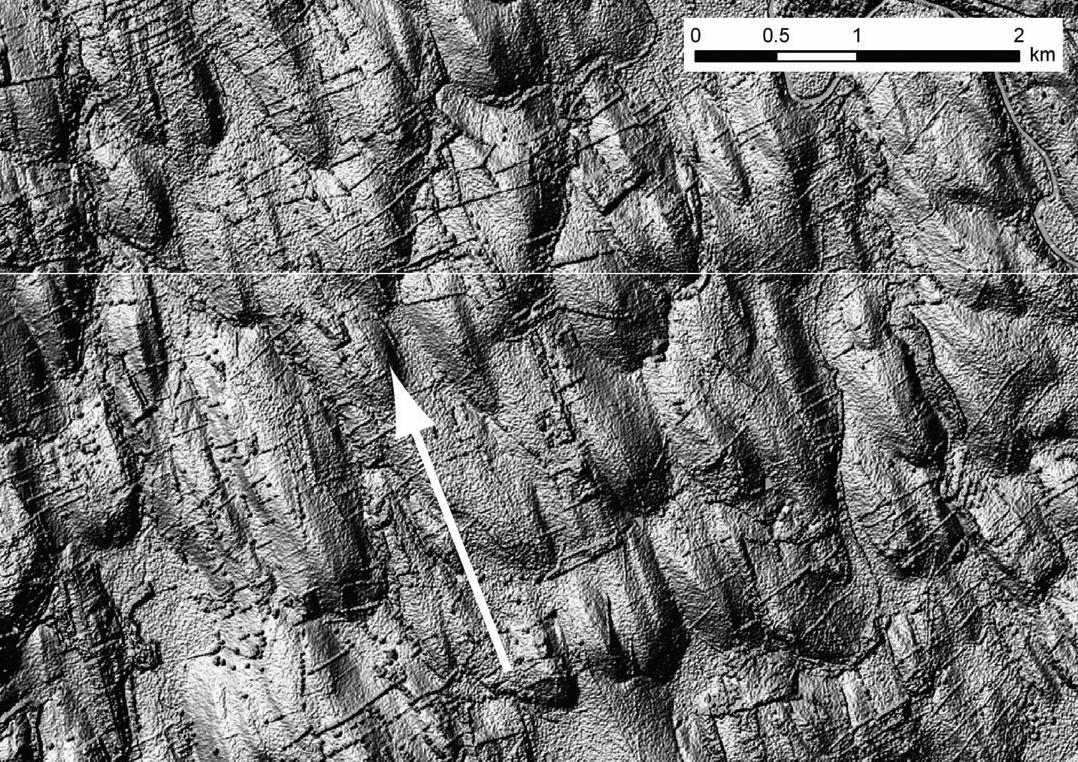
Ice sheets are large masses of glacier ice over 50,000 km2 in area. They form when snow accumulates over thousands of years, and can be several kilometres thick. Gravity causes ice sheets to slide and deform away from the upland areas where the snow accumulated.
There are only two places on Earth now which have ice sheets: Greenland and Antarctica. At the last glacial maximum, about 21,000 years ago, vast swathes of Canada, Britain and Scandinavia were also covered by ice sheets.
Your organisation does not have access to this article.
Sign up today to give your students the edge they need to achieve their best grades with subject expertise
Subscribe




